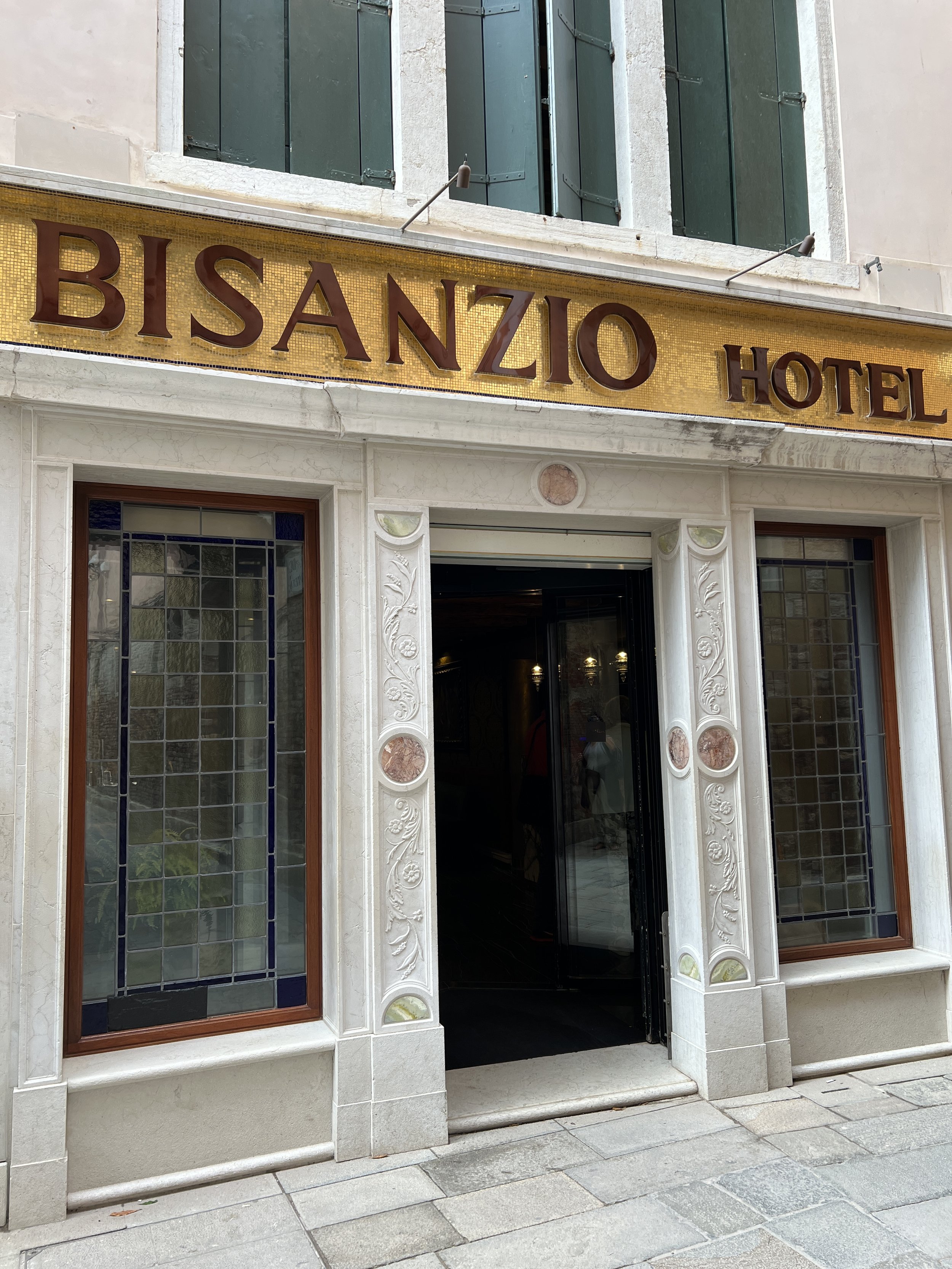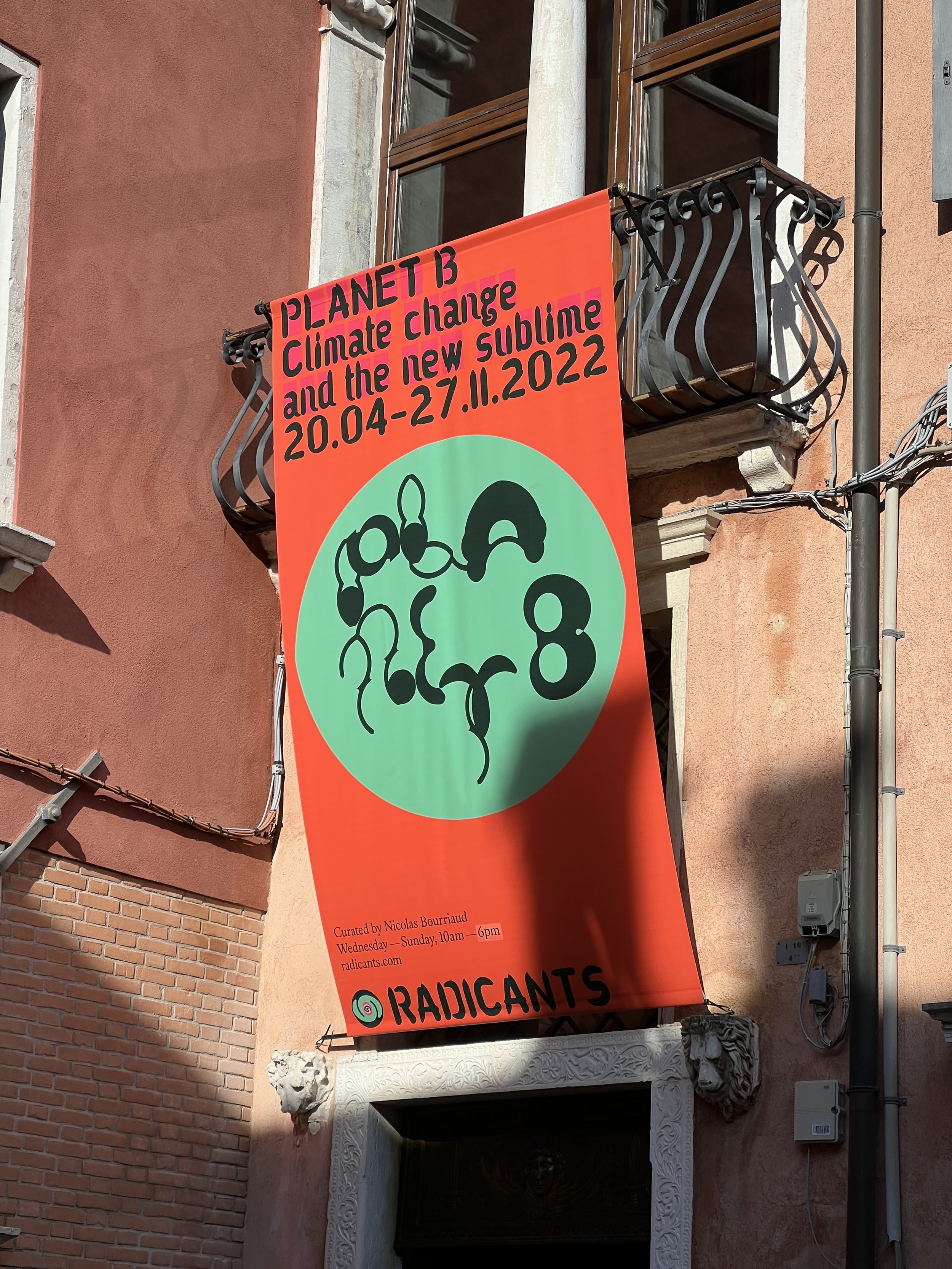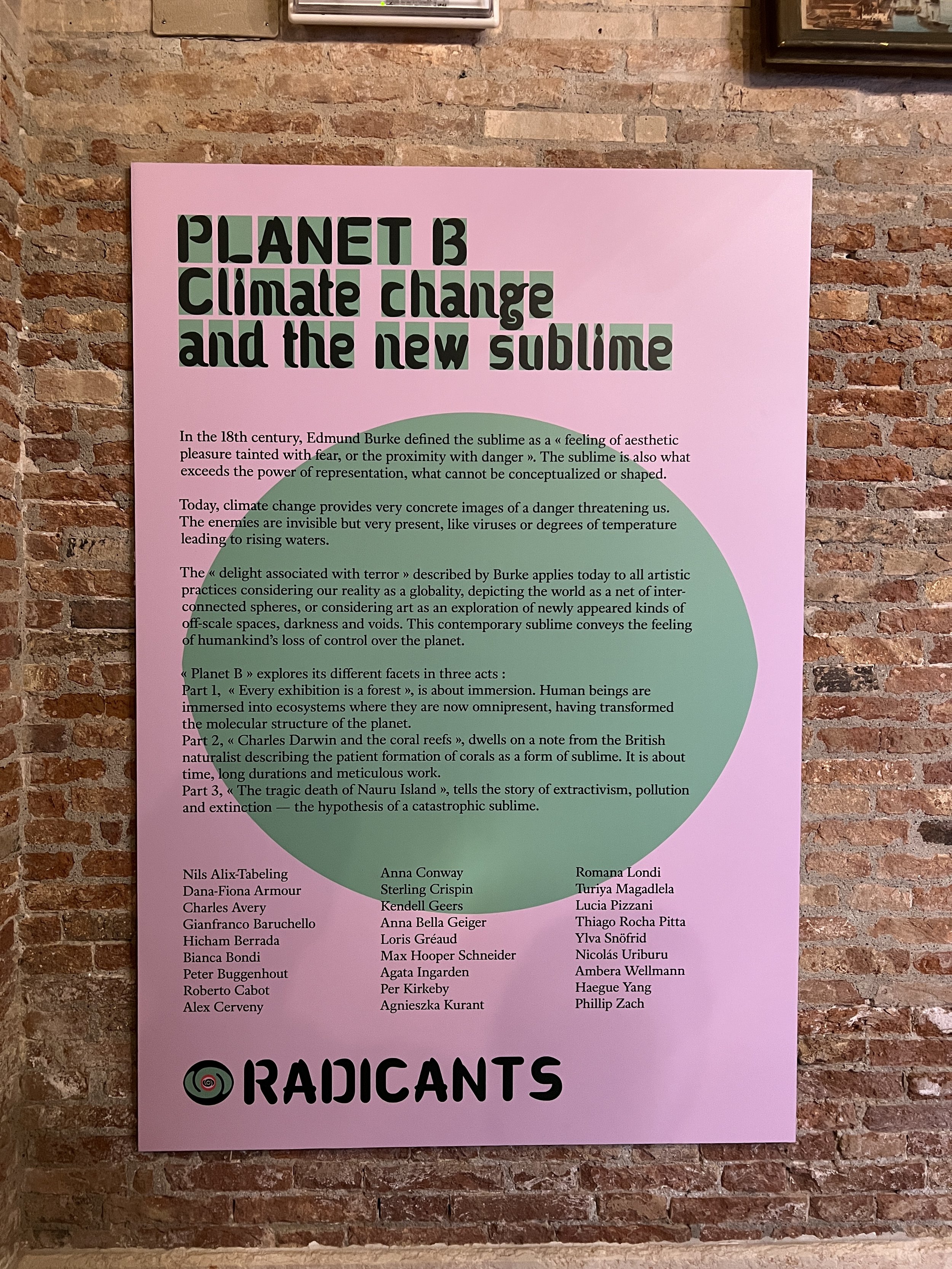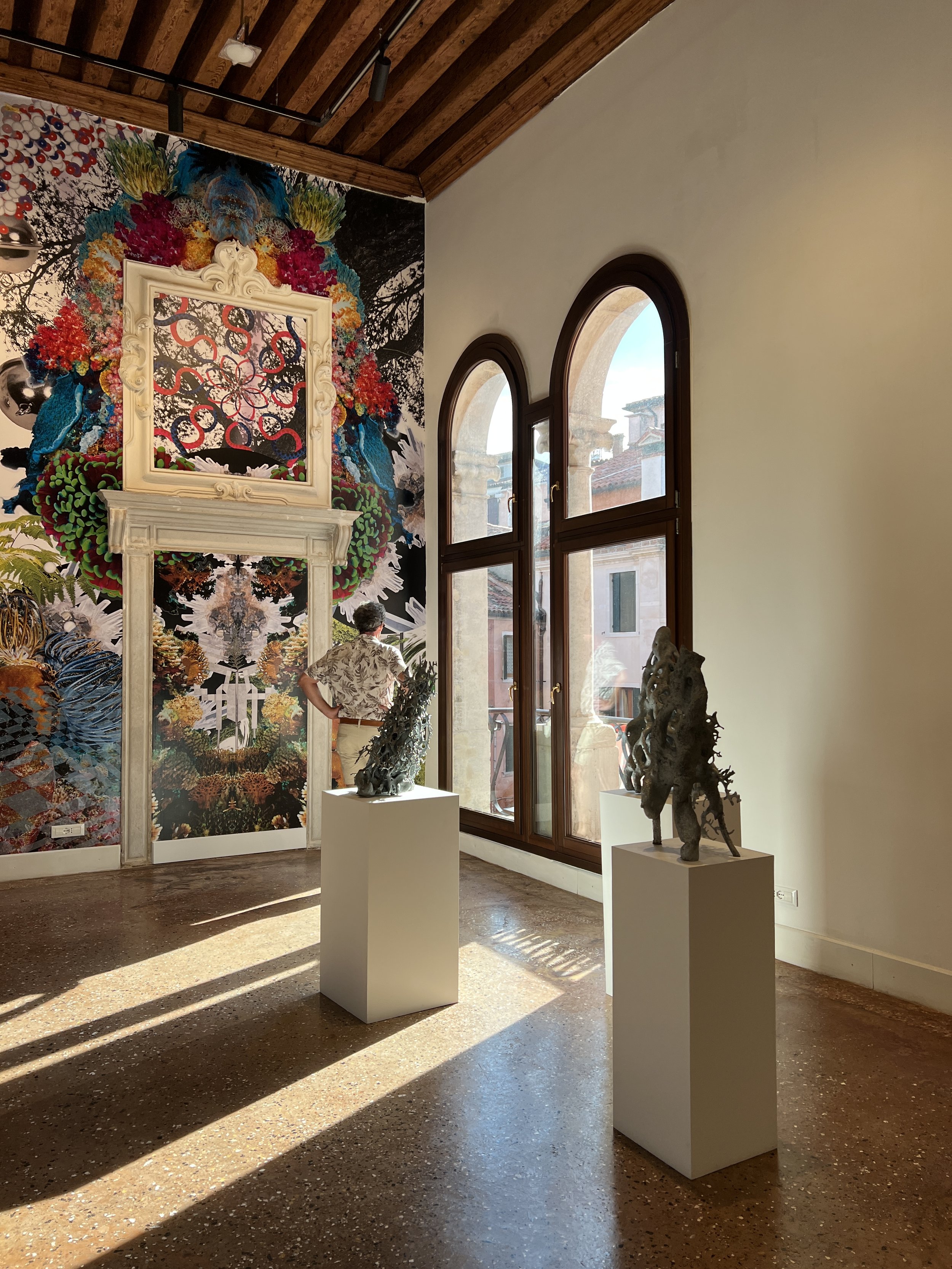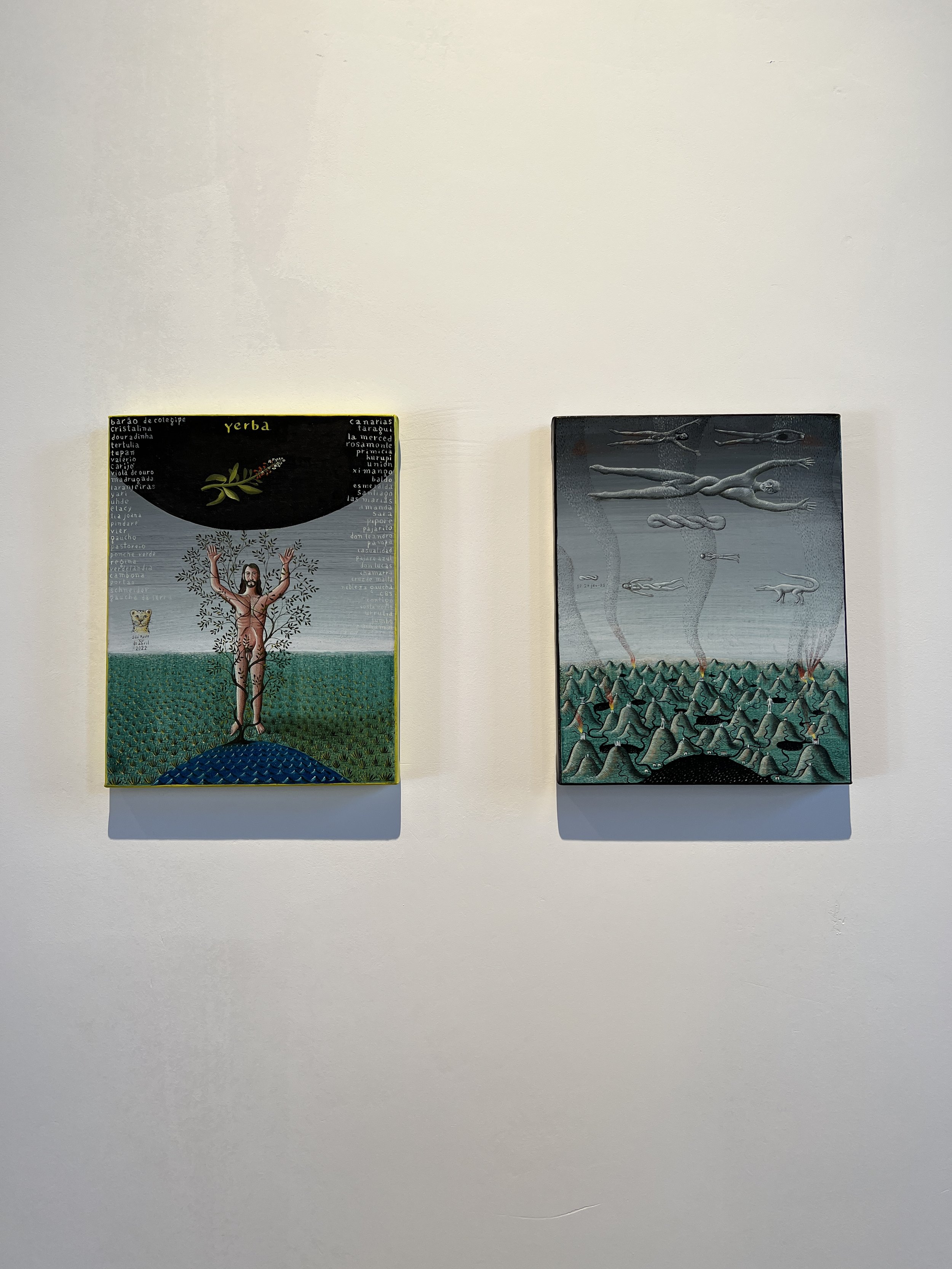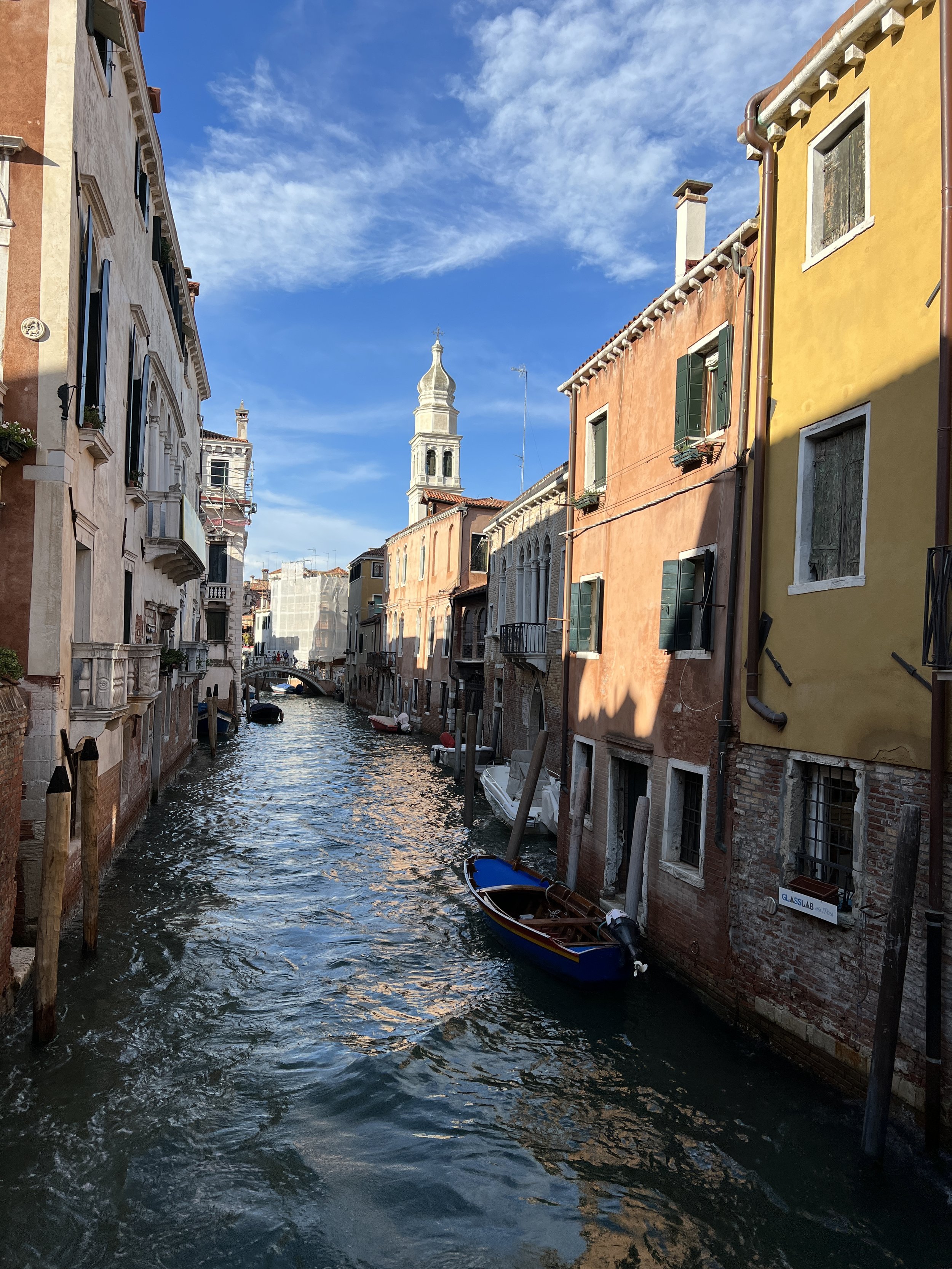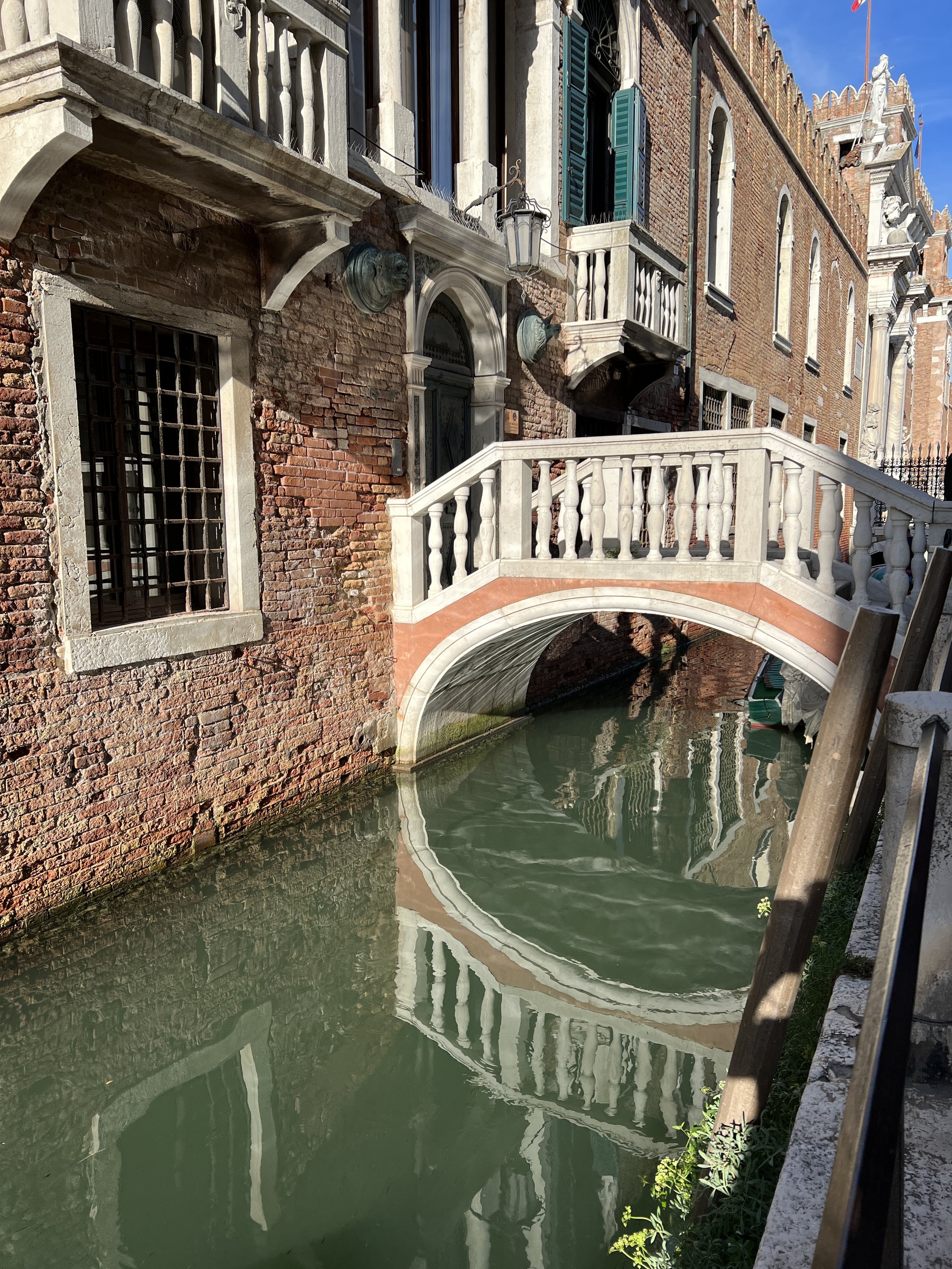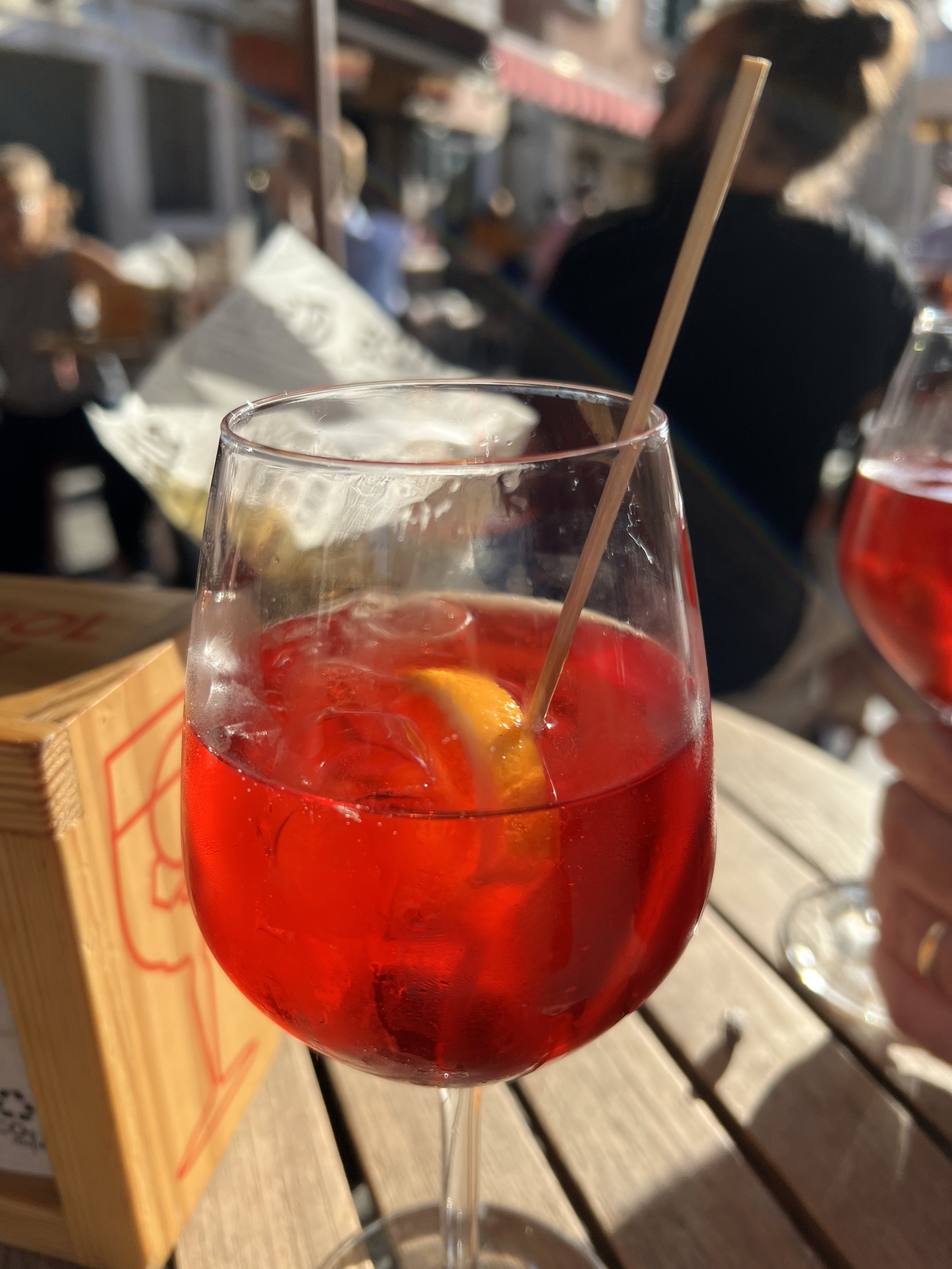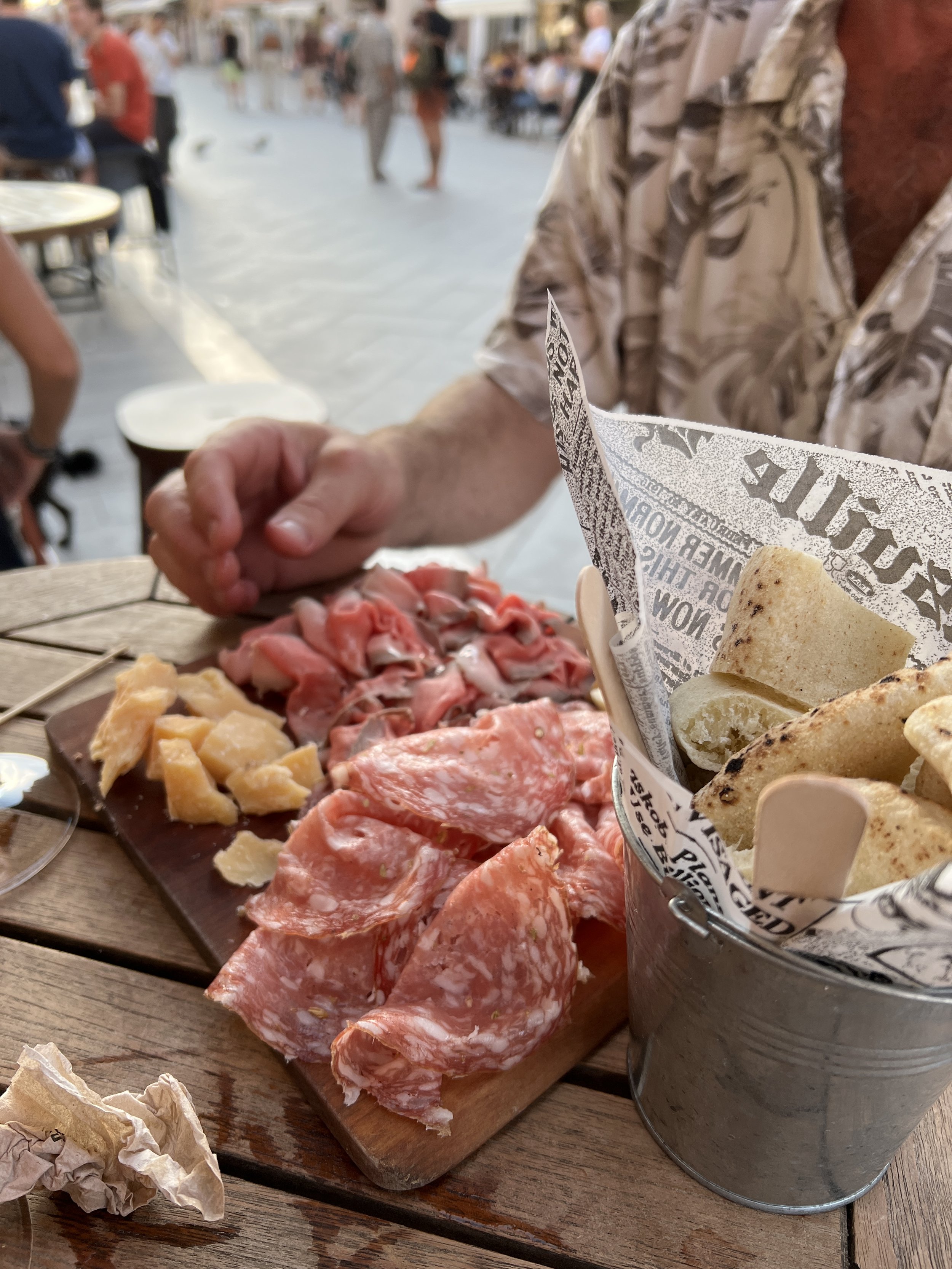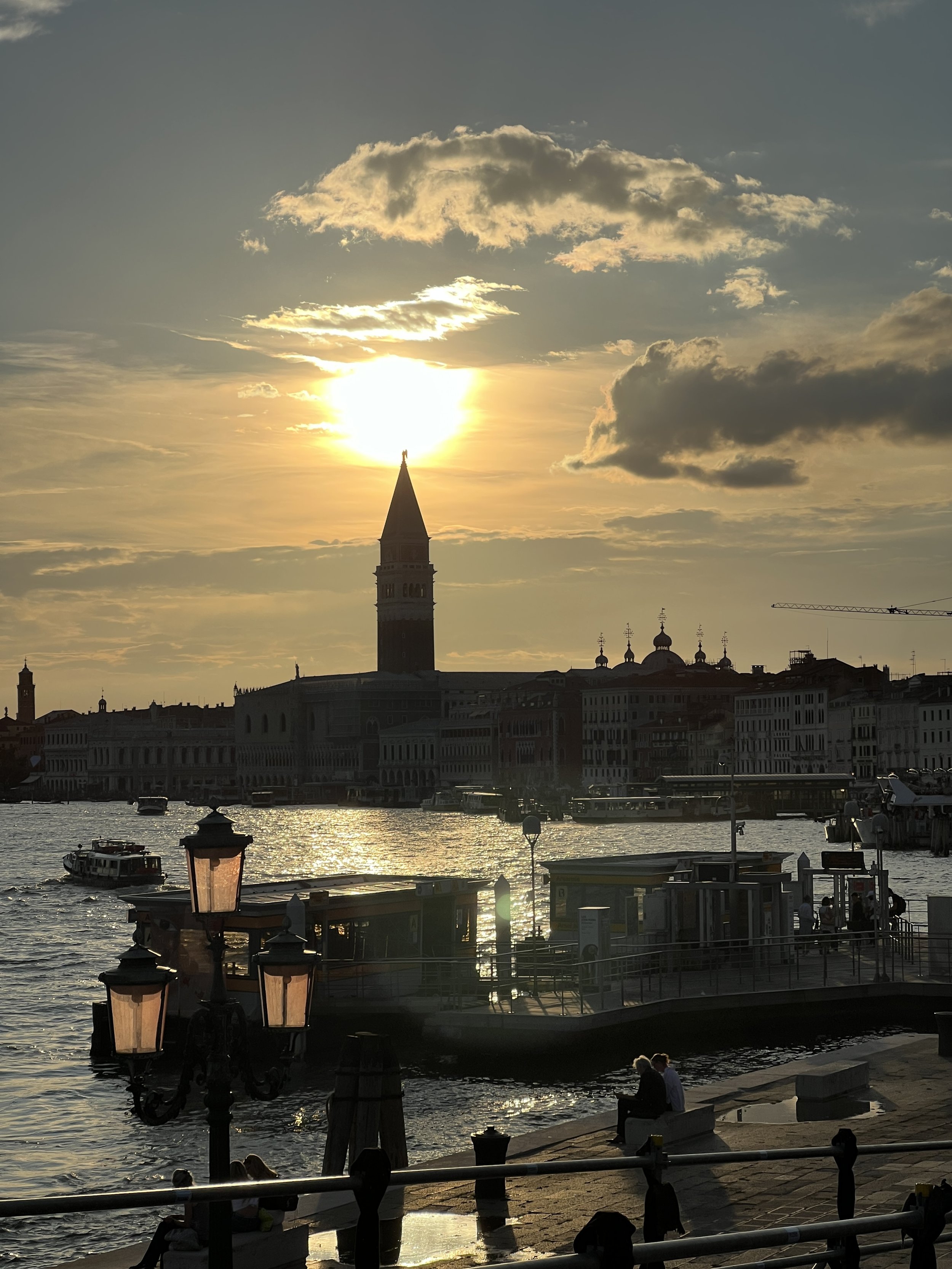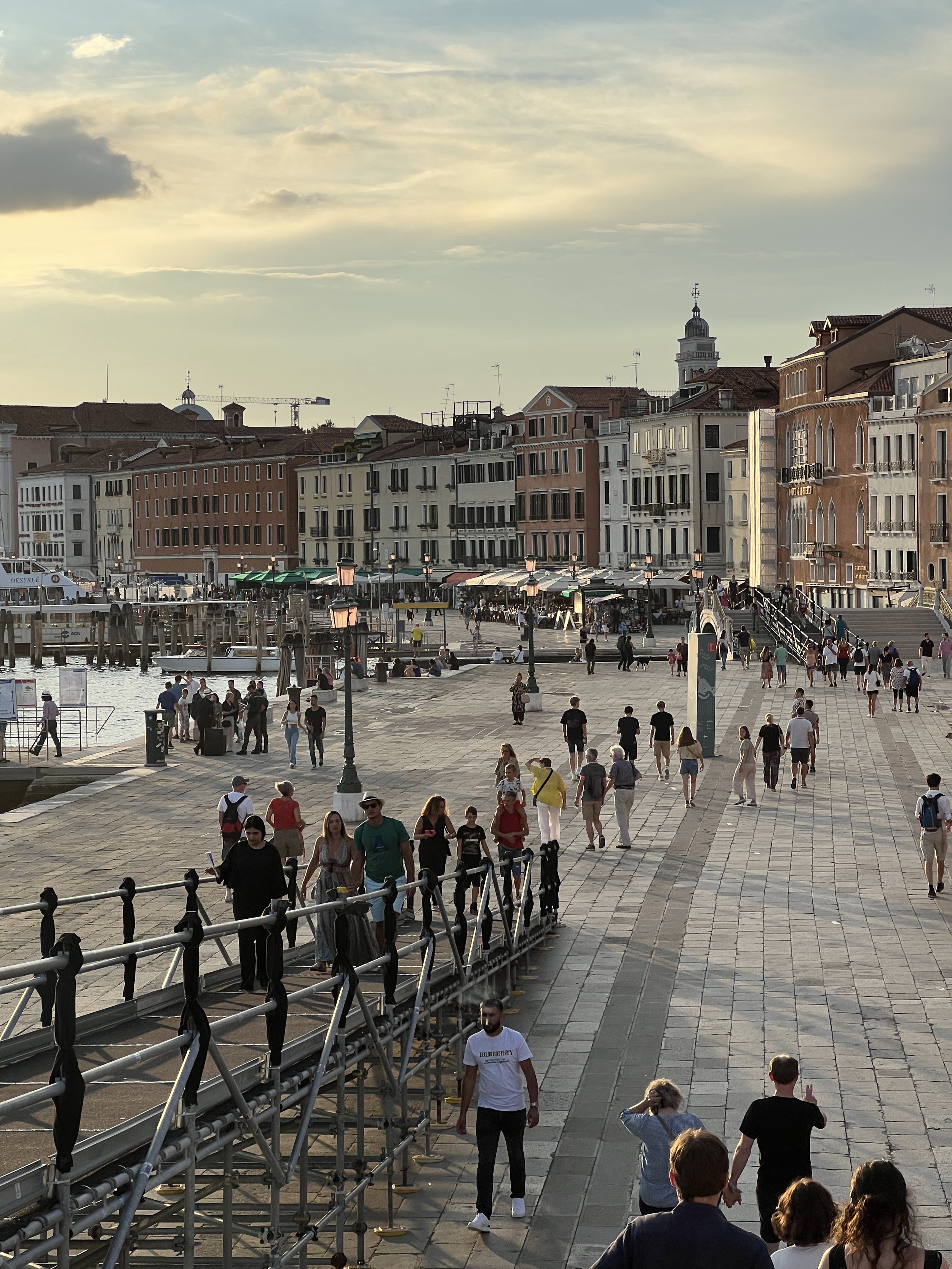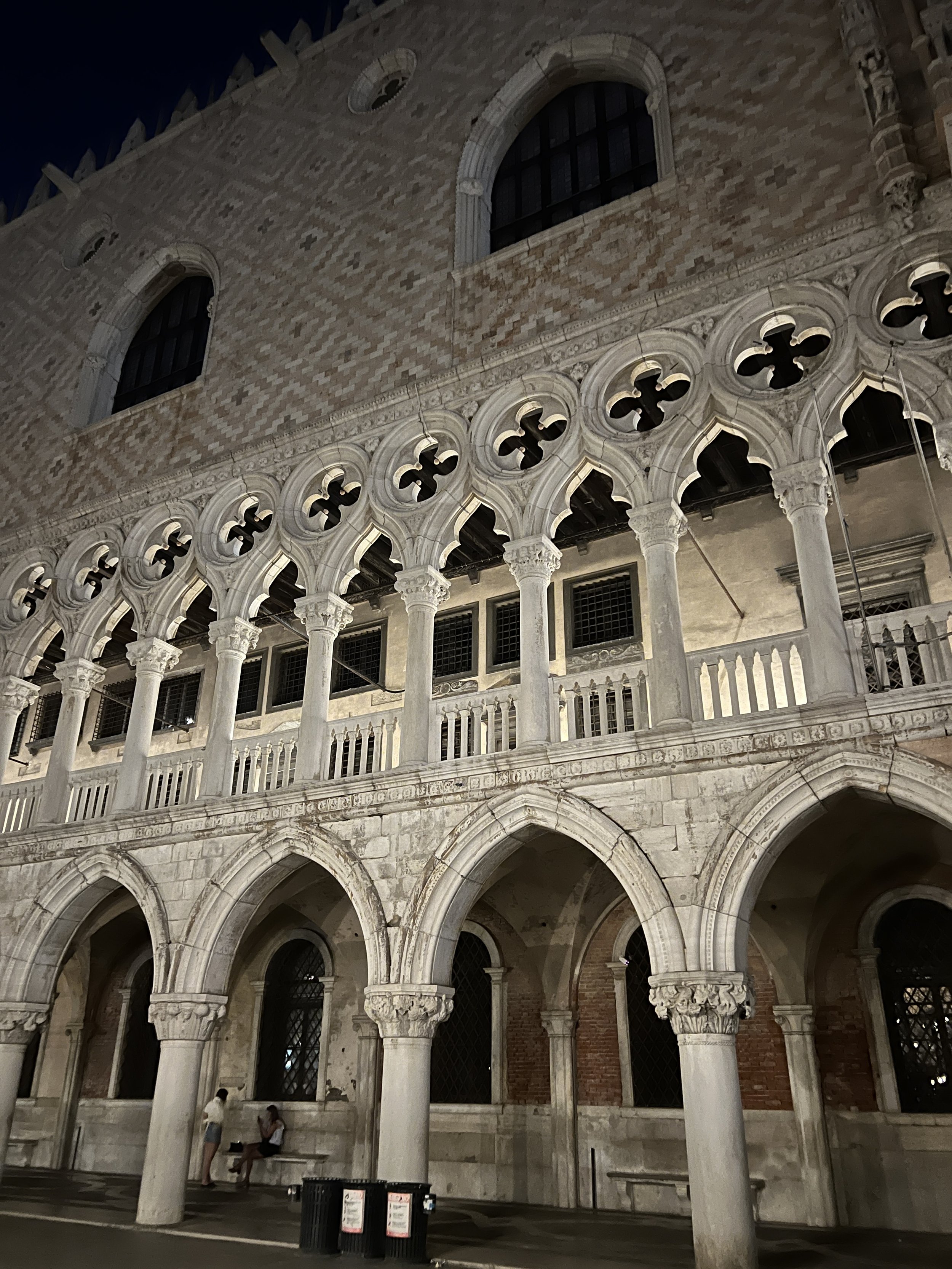Venice Biennale 2022 - Part 1
In August this year I had the opportunity to visit the Venice Art Biennale, one of the most important in the world, and some of the many parallel exhibitions taking place all over the city. The trip lasted five days and four nights and I could see many interesting things. This year's theme is "The Milk of Dreams", a title taken from a book written and illustrated by the surrealist artist Leonora Carrington (1917-2011) that describes a magical and strange world where life is constantly reinvented through imagination. The creatures of this world are like companions on an imaginary journey through the metamorphoses of bodies and the definitions of the human. According to curator Cecilia Alemani, the questions that emerged from the dialogues with the artists seem to capture this current historical moment in which the very survival of our species is threatened, but also to summarize many other questions that permeate the sciences, arts and myths of our time. How is the definition of human changing? What constitutes life, and what differentiates plants and animals, humans and non-humans? What are our responsibilities to the planet, to other people, and to other forms of life? And what would life be without us humans?
In addition to the Biennial itself, which proposes in its main spaces the paths that more deeply investigate these questions, some exhibitions appropriate and reinforce these themes. The presentation of several different but closely related artistic proposals promote, in various places of the city, the same discussion and even create a huge web of questionings and interpretations. "Planet B, Climate Change and the New Sublime", a group show at Palazzo Bollani curated by French theorist Nicolas Bourriaud fits perfectly into this context. The exhibition explores the impact of climate change on current art through the notion of the sublime, as defined in the 18th century by philosopher Edmund Burke: "a delight tinged with terror." This contemporary sublime conveys the sense of humanity's loss of control over the planet, becoming the aesthetic notion that determines the Anthropocene. Brazilian artists Thiago Rocha Pitta, Roberto Cabot, Alex Ceverny and Anna Bella Geiger have works in this exhibition.
This was the first of several exhibitions I visited in Venice, and the only one I saw that day, because we arrived in the middle of the afternoon. The Palazzo Bollani is small, beautiful and, luckily, next to the hotel where I stayed, the Bisanzio. A small hotel superbly located in the Castello neighborhood, close to the Arsenale and Giardini, the two huge exhibition spaces of the Biennale. The Castello is further away from the hustle and bustle of San Marco and revealed delicious gastronomic surprises that I will tell you more about later. But on this first day we discovered a delicious bar that serves an even more delicious (and cheap!) Spritz, El Refolo. And it is located in a street full of bars and restaurants, the Via Garibaldi. The atmosphere was great, everything was served at the counter, the drinks were honest and the sandwiches and snacks were delicious. We rested from the trip and the next day we finally visited the Biennial. To be continued in the next post!
El Refolo
C. Giazzo, 1580, 30122 Venezia VE, Italie
Hotel Bisanzio
Castello 3651, Castello, 30122 Venise, Italie
Planet B: Climate Change and the New Sublime
Palazzo Bollani, Castello, 3647, 30122 Venezia VE
